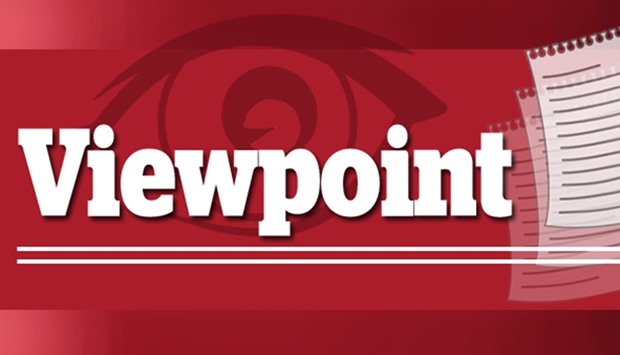Expectations of rate increases by the Federal Reserve (Fed) next month and in 2017 have increased following the recent economic data that point to an improving economy in the United States.
The dollar surged to its highest since March 2003 last week, bolstered by upbeat economic reports that showed the US economy is on track for steady growth.
The consumer sentiment also improved this month following the election of Donald Trump as president of the world’s largest economy. The consumer sentiment index rose to 93.8, with gains recorded among all income and age subgroups and across all regions of the country.
Markets are now pricing in a nearly 100% probability of a December Fed rate increase, a Reuters report showed.
The Fed minutes of this month’s policy meeting released on November 23 also pointed to an imminent rate increase in mid-December when the Federal Open Market Committee (FOMC) meets to review the interest rates.
These signalled that an interest rate hike was highly likely before the end of the year. The minutes revealed that voting members of the Fed saw that the “near-term risks to the economic outlook were roughly balanced.”
Although some 17 members of the Fed attended the meeting, only 10 had voting power. Fed Chair Janet Yellen recently noted in her testimony to the US Congress that Trump’s victory did not change the Fed’s plans for a rate hike in the coming weeks.
An agency dispatch said investors are betting the dollar will be supported by Trump’s plans for fiscal stimulus, which may drive the Fed to raise rates faster than anticipated because of increased inflation.
The Fed has held rates steady for seven consecutive meetings amid contradictory signs about the state of the economy, and amid political uncertainty that surrounded one of the most unorthodox US presidential elections in modern history.
But policymakers have become increasingly vocal in calling for the first rise since December 2015 out of concern that the Fed risks allowing the economy to overheat, which would later force the central bank to tighten more aggressively.
The Fed increased its benchmark rate, the federal funds rate, by a quarter-point last December, the first increase in the rate in seven years. At the time, the US central bank projected that it would hike the rate another four times in 2016.
But a significant slowdown in US growth in the first half of the year, as well as global weakness and periodic bouts of financial market turbulence, has kept the central bank on the sidelines.
The US presidential elections were perhaps a major reason why the Fed had maintained a ‘rate-hold’ decision at its meeting early this month.
But the dust has settled from the election now and there is no visible negative market reaction that would warrant the Fed waiting any longer.
Private economists are currently forecasting two more rate hikes in 2017, believing that low inflation will allow the Fed to stick to its intention to move rates up at a gradual pace.

